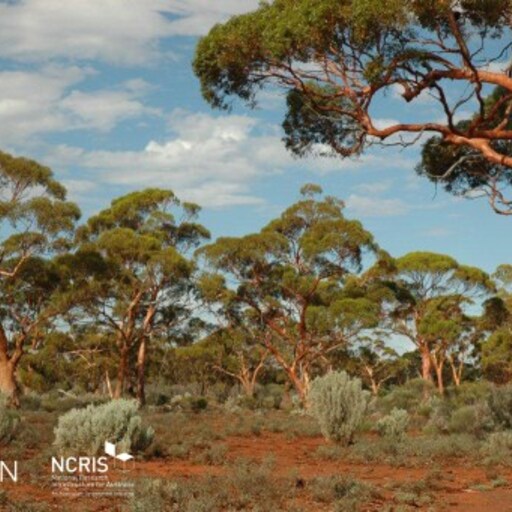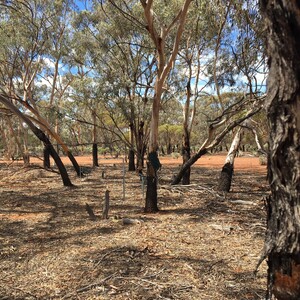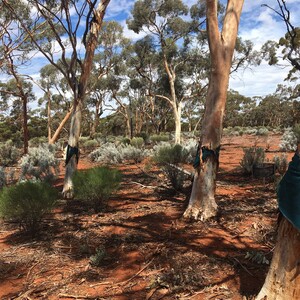Great Western Woodlands

The Great Western Woodlands (GWW) comprises a 16-million hectare mosaic of temperate woodland, heathland and mallee vegetation in south-west Western Australia. It is the largest remaining intact temperate or ‘Mediterranean’ woodland in the world and is unique in being able to survive on as little as 250 mm annual rainfall. The SuperSite site comprises a mosaic of temperate woodland, heathland and Mallee vegetation.
The region has remained relatively intact since European settlement, owing to the variable rainfall and lack of readily accessible groundwater. Other temperate woodlands around the world have become highly fragmented and degraded through agricultural use.
The GWW thus provides a unique opportunity to study how semi-arid woodland ecosystems function at site and landscape scales, and how naturally functioning, intact ecosystems can adapt to climate change. The woodlands also offer significant potential to inform climate-resilient restoration of the Western Australian wheatbelt.
Research at GWW is managed by CSIRO in collaboration with the Department of Parks and Wildlife WA, land managers and Traditional Owners, and is home to the Great Western Woodland TERN SuperSite.
SITES
License
CC-BY-4.0


